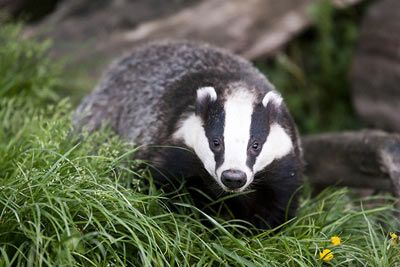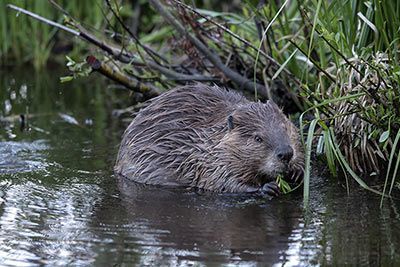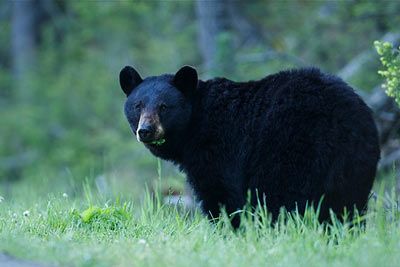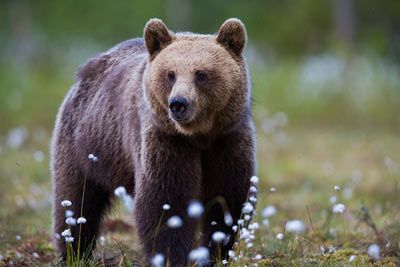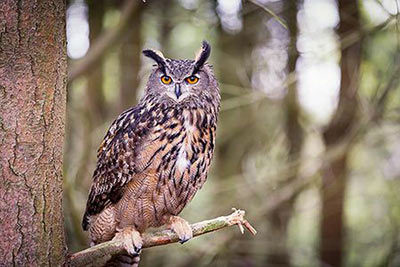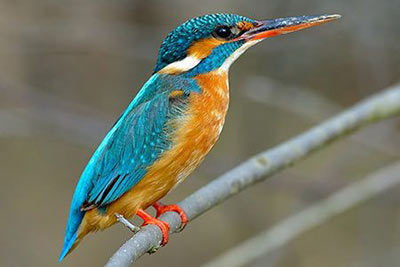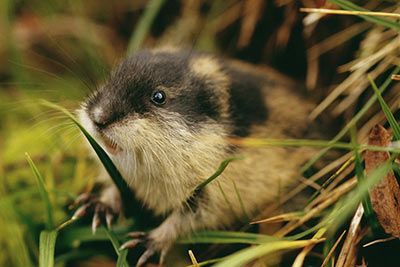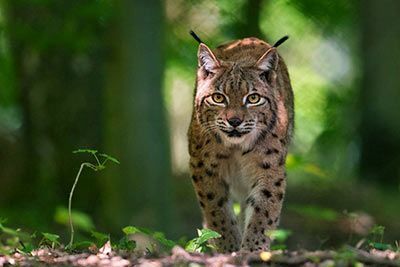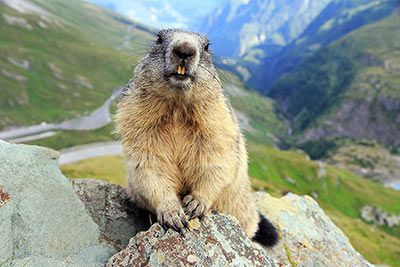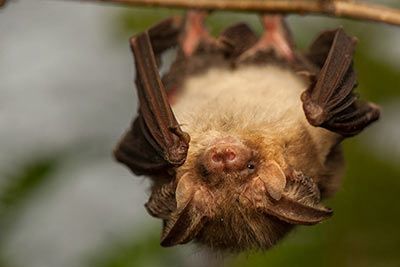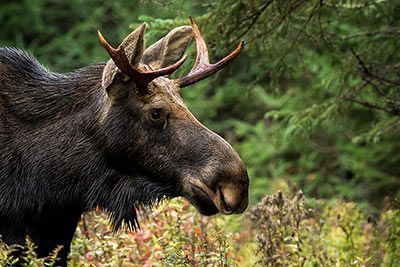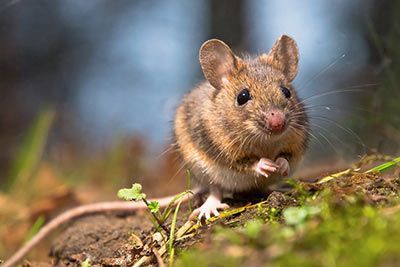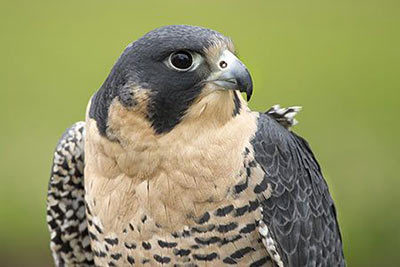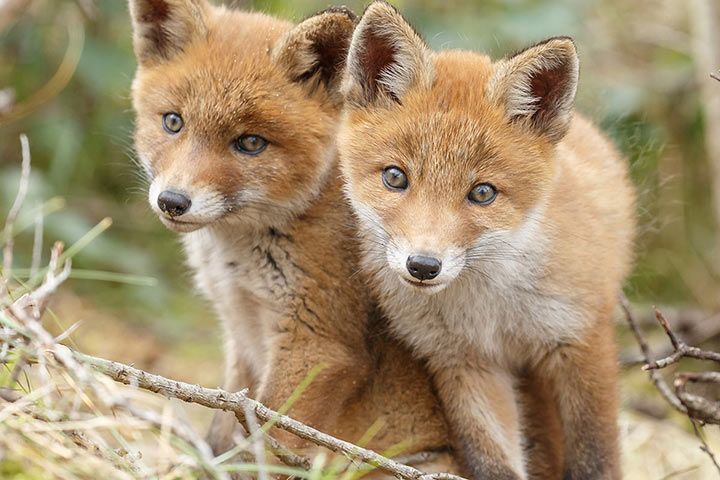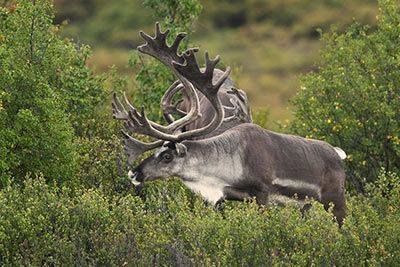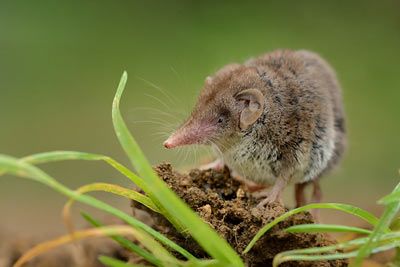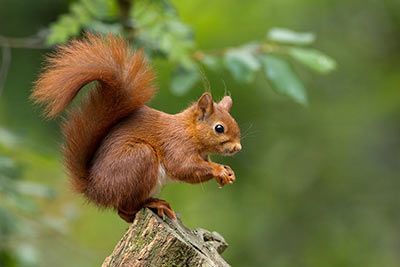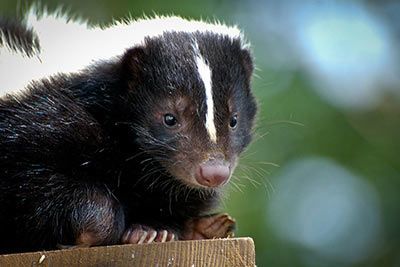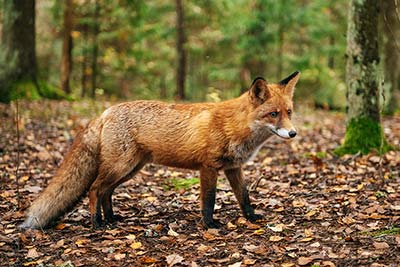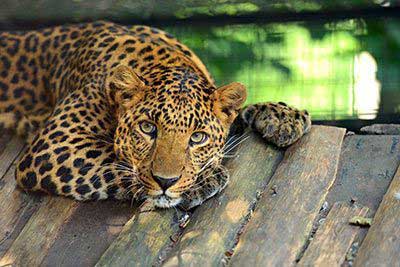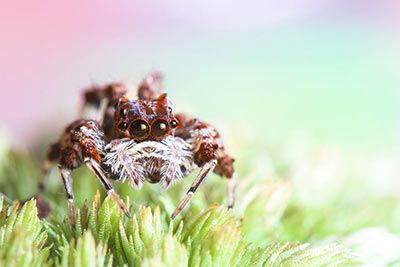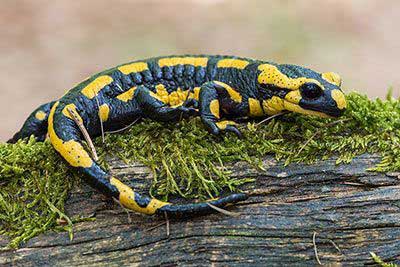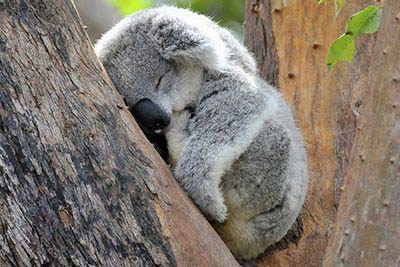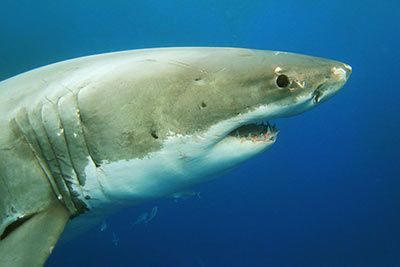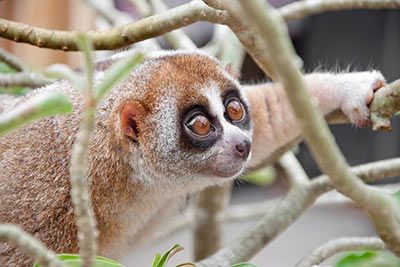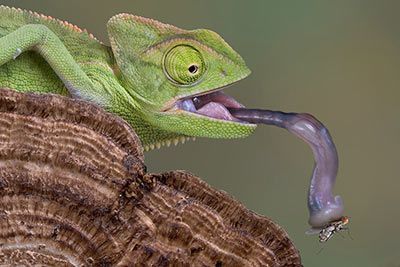Animals of the Forest Tundra and Taiga
Discover all about the animals in the forest tundra and taiga and what makes these habitats unique!
A forest tundra is a landscape with a cold climate. It differs from a tundra by the fact that trees can grow in it.
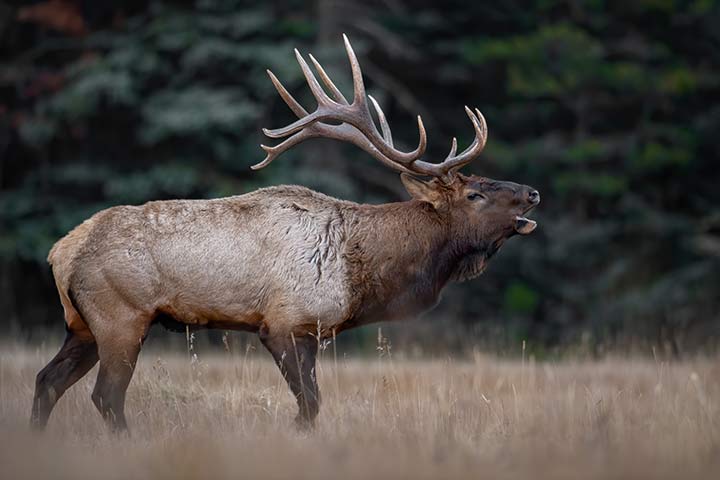
Forest Tundra and Taiga Habitat Fact Sheet
- Ecozone: Boreal zone
- Location: Norway, Finland, Siberia, Kamtschatka, Alaska, Canada, Newfoundland
- Size: 13.1% of land surface
- Average temperature: 14-41 degrees Fahrenheit (-10 to 5 degrees Celsius)
- Average precipitation: 200-900mm
- Precipitation: Low, mostly snow
- Humidity: Medium
- Characteristics: Low species diversity, long winters, cold climate
Names
Tundra means “treeless landscape”. Taiga is Russian and means “dense, swampy wood”. “Boreal” is Greek and means something like “northern”.
What Animals Live in the Forest Tundra and the Taiga?
Mammals
In summer, forest tundra and boreal forest plays host to large herds of reindeer that return south before the Arctic winter, returning after it ends. Mammals living in the forest tundra and boreal forest include martens, wolverines, lemmings, reindeer, moose, deer, lynxes, brown bears, black bears, foxes, hares, otters, beavers, skunks, chipmunks and squirrels.
Birds
The most common bird species are ducks, geese, ravens, cranes, seagulls, owls, chickens and birds of prey such as eagles and falcons.
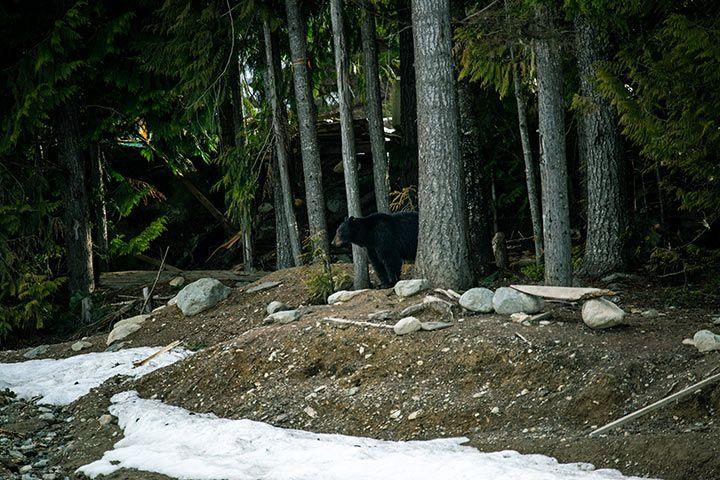
Characteristics of Forest Tundra and Taiga
Climate
The climate is cold-temperate. Winters are long, with snow on the ground for six to eight months. Summers are short and cool. Although the ground is mostly frozen, plants are joined by trees such as firs, spruce, larch and pine.
Location
• Forest Tundra
Forest tundras and boreal forests begin where the treeless tundra to the north ends. The largest forest tundras are in Canada, Finland and Siberia. To the south, the forest tundra gives way to boreal forest, or “taiga”.
• Taiga
Taigas are found all over North America (mostly Canada and Alaska). In Europe, they're primarily found in Norway, Sweden, Finland, Russia, northern Kazakhstan, Mongolia and Japan. To the south of the taiga, the temperate zone begins - with its deciduous forests, mixed woodland and steppes.
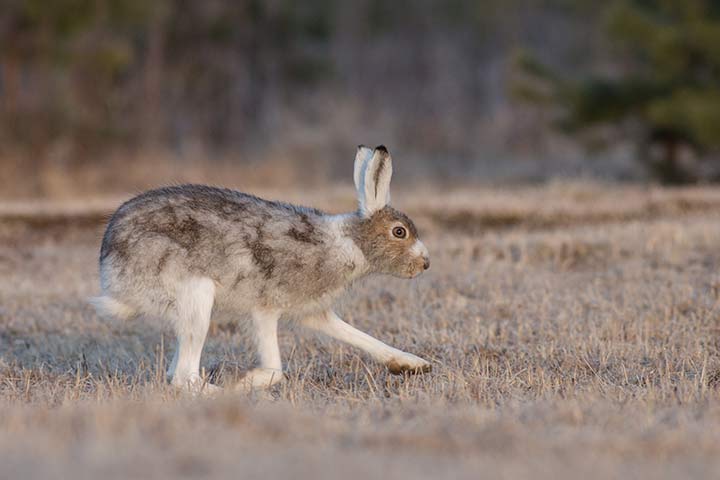
Importance for the Ecosystem
What Endangers Forest Tundra and Taiga?
Even though species diversity is low, forest tundras and boreal forests are very sensitive habitats that can quickly spiral out of balance. The primary cause is the extraction of gas and oil, but also global warming, sped up by frequent forest fires and/or increasing numbers of tree pests. Global air pollution is also damaging plants and waterways.

